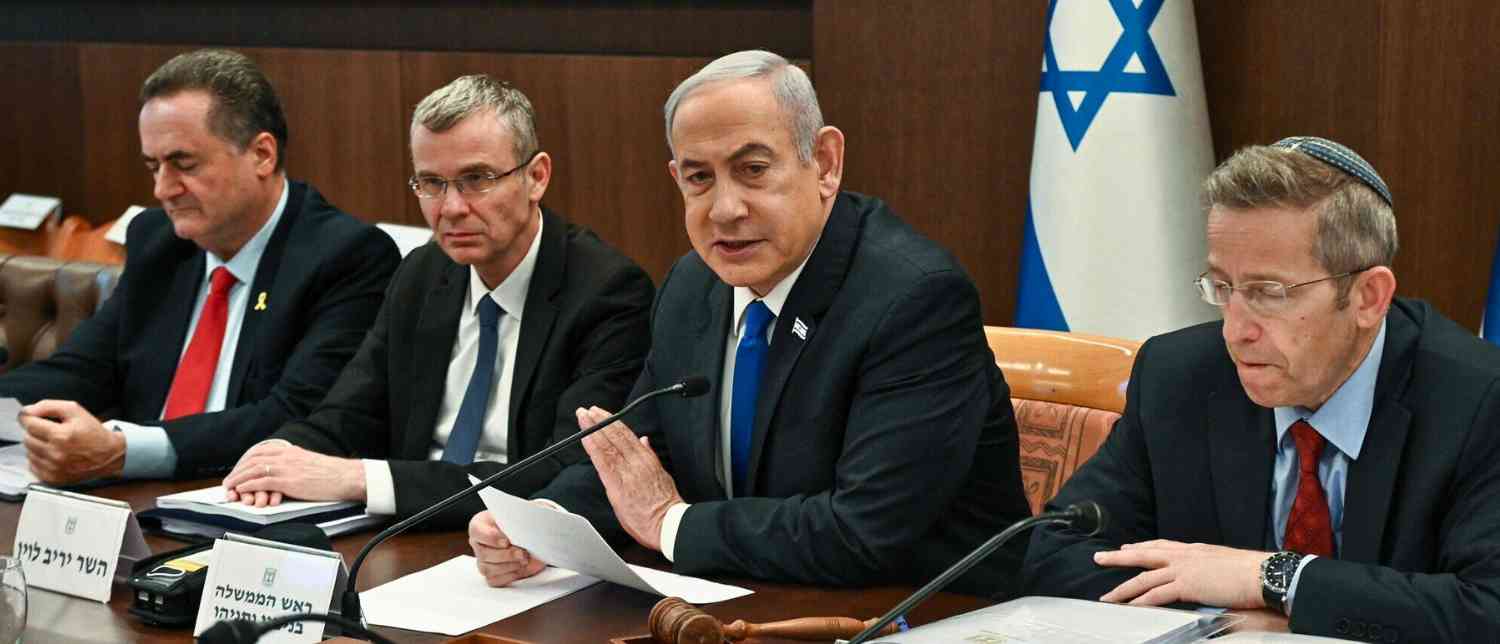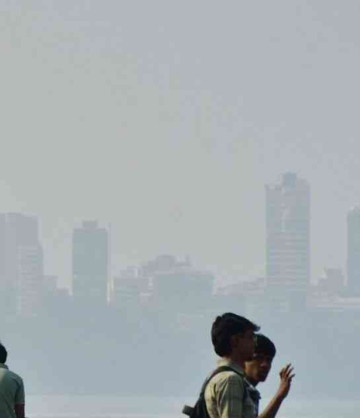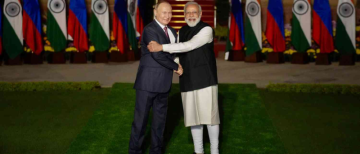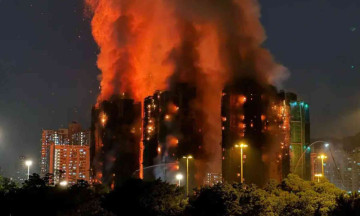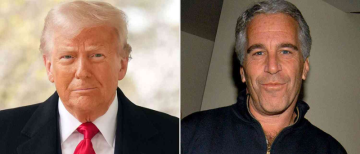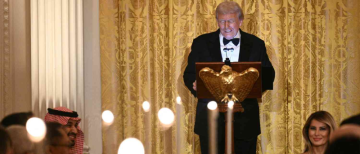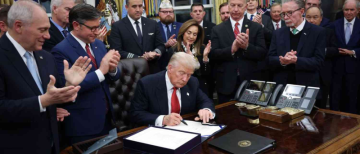Israel and Hamas have reached an important agreement on the first phase of a Gaza ceasefire, marking a cautious but hopeful step toward ending the two-year-long conflict between the two sides. This initial stage was announced on October 8, 2025, with both parties agreeing to a plan brokered by the United States and regional mediators. However, the full implementation of the ceasefire awaits official approval by the Israeli Cabinet.
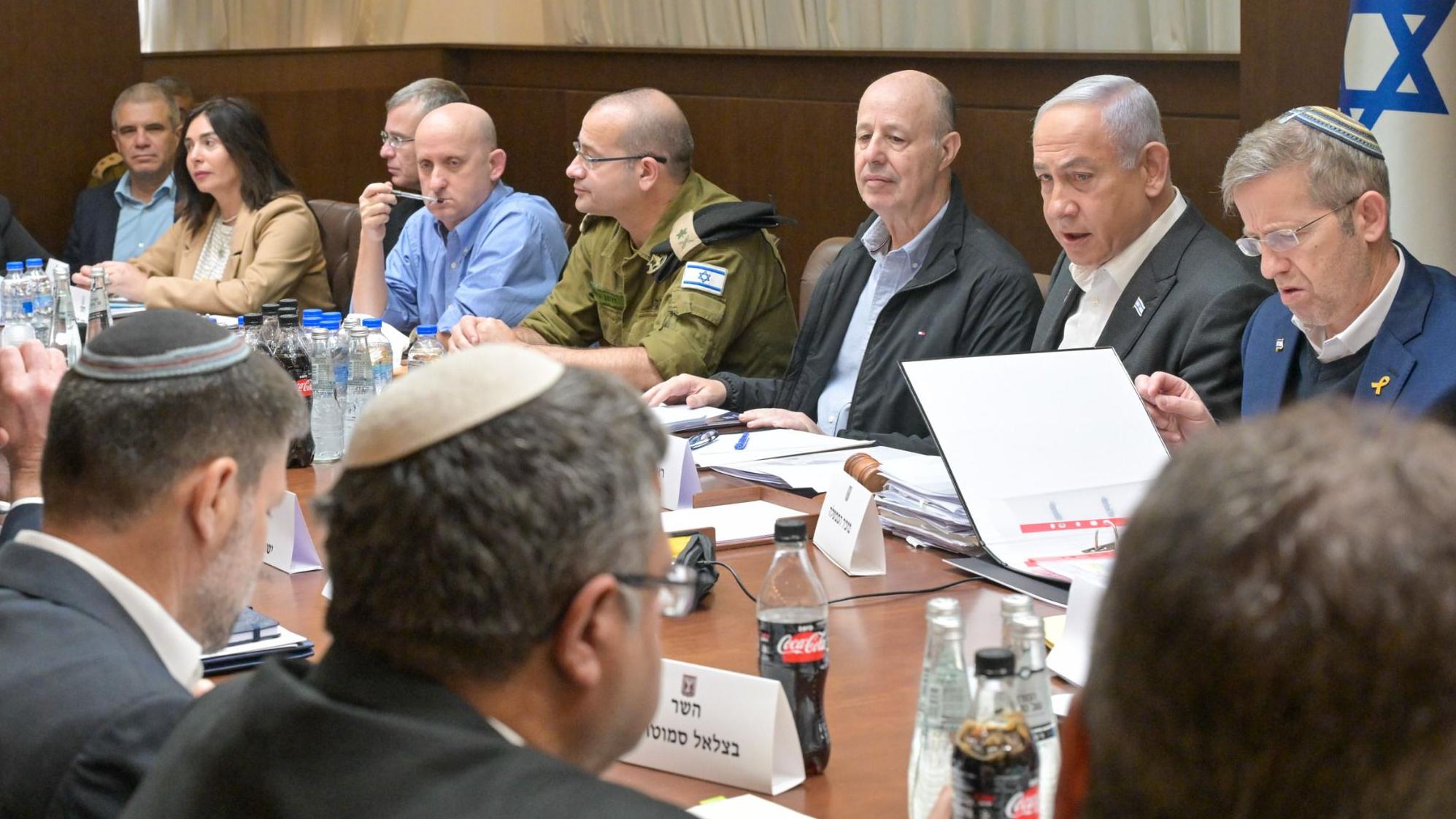
The ceasefire, part of a 20-point peace plan proposed by US President Donald Trump, involves several key measures. These include the release of Israeli hostages held by Hamas in exchange for Palestinian prisoners detained by Israel. Around 20 living hostages are expected to be freed shortly after approval, alongside the return of the remains of some deceased captives. In addition, Israel has agreed to reposition its troops to an agreed-upon boundary line within Gaza, signalling a pause in military operations in the region.
This milestone deal marks the first time both parties have agreed on such terms since the conflict escalated dramatically in October 2023, resulting in over 67,000 deaths and widespread destruction. The ceasefire hopes to bring temporary relief to civilians caught in the crossfire and open a path for longer-term peace negotiations.
Despite the optimistic announcement, the ceasefire's entry into force is conditional on Israel’s security cabinet ratifying the agreement. The government meeting, led by Prime Minister Benjamin Netanyahu, is expected to take place soon, and until then, the truce remains on hold.
Israeli officials have emphasised that the agreement will only come into effect after the cabinet’s formal approval, delaying the start of the agreed 72-hour countdown for changes to military activity and prisoner exchanges. Meanwhile, reports indicate that some airstrikes continued briefly in Gaza, underscoring the fragile situation.
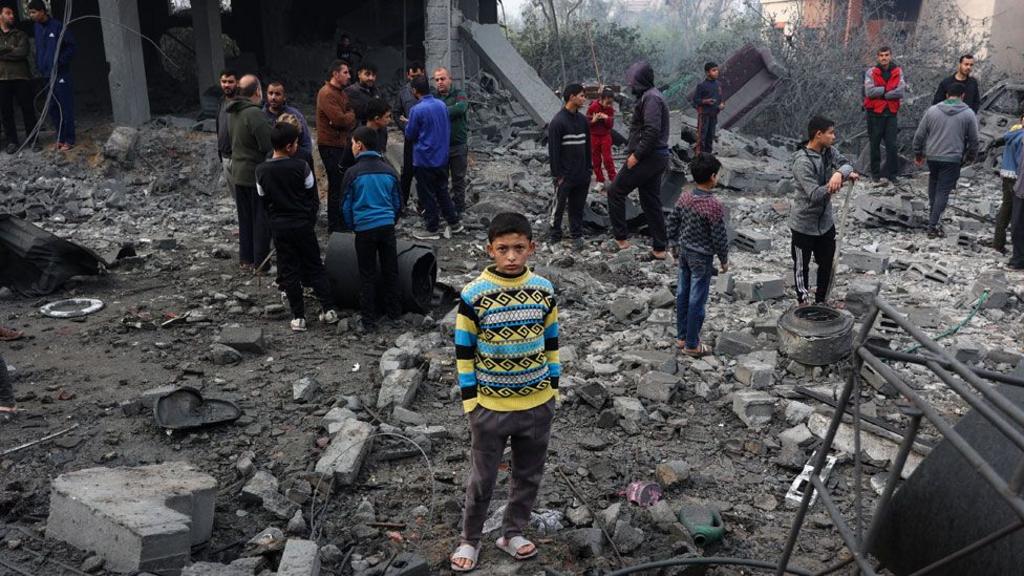
Once ratified, Israel plans to begin withdrawing troops from Gaza City within 24 hours, while still maintaining control over roughly half of the territory, a detail that leaves some room for military presence and continued security operations. Aid trucks are also expected to enter Gaza daily as part of the humanitarian relief efforts.
The ceasefire has been met with cautious optimism across the region. In Israel, families of hostages have reacted with tears of joy and hope, gathering in public spaces to celebrate the prospect of their loved ones' release. The Israeli government described the day as historic, expressing gratitude to the United States and regional mediators for brokering the deal.
In Gaza, residents also welcomed the ceasefire, celebrating the potential end to relentless violence. Many expressed a strong desire to return to their homes and rebuild lives disrupted by years of conflict, despite the extensive damage to infrastructure. At the same time, Palestinians remain watchful about the agreement’s implementation and the future governance of Gaza, which remains a complex issue.
While the ceasefire represents a hopeful pause, several critical questions remain unresolved. The agreement covers only the first phase of a multi-stage plan. Future negotiations will need to address Hamas's disarmament, the withdrawal of all Israeli forces from Gaza, and the establishment of new security and governance arrangements in the region — issues that remain deeply contentious and politically sensitive.
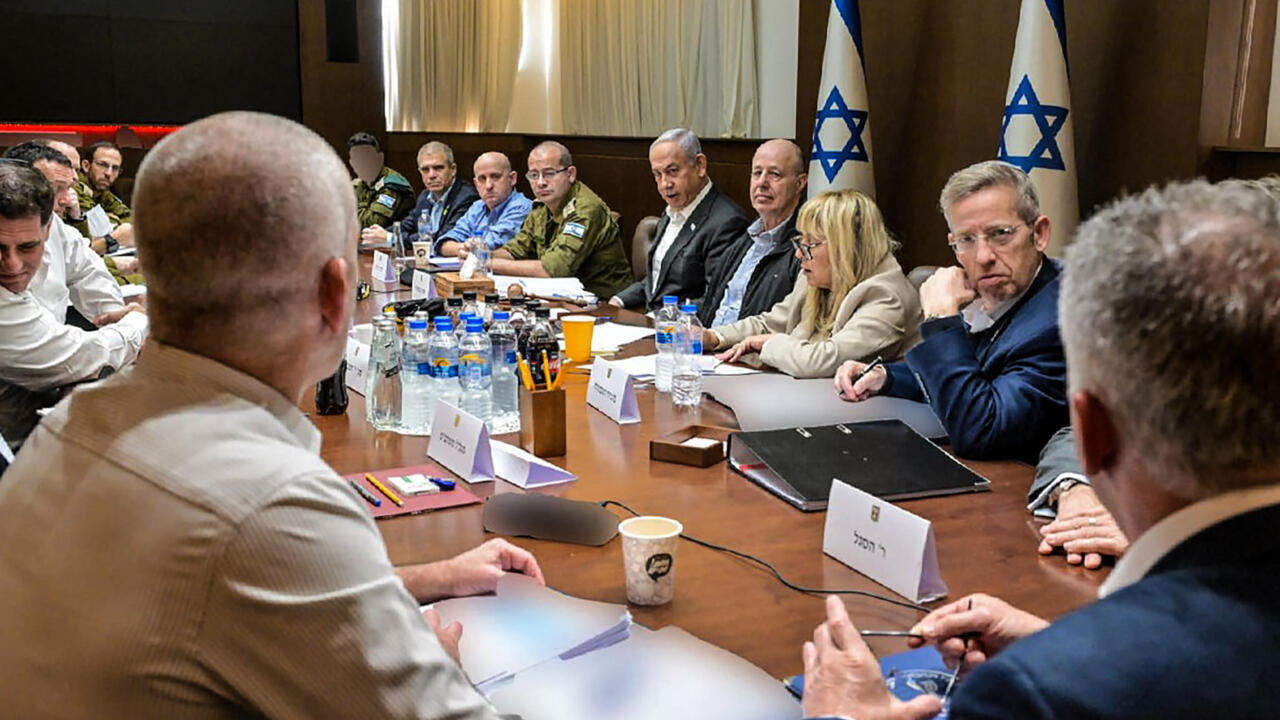
Furthermore, the humanitarian situation in Gaza remains dire, and the full scope of aid and reconstruction efforts is yet to be realised. The potential for renewed violence cannot be ignored, as factions on both sides could oppose or undermine the truce.
The Israel-Hamas ceasefire marks a significant, yet tentative, step toward peace after years of devastating conflict. While awaiting formal government approval and the start of practical implementations, hope rises among civilians yearning for an end to violence and a chance for normal life. Yet, the complexities of the conflict and the political challenges ahead mean that lasting peace remains uncertain and will require sustained diplomatic effort and goodwill from all parties involved.
This development will be closely watched by the world, with the hope that it serves as a foundation for a more stable and peaceful future in the region.
With inputs from agencies
Image Source: Multiple agencies
© Copyright 2025. All Rights Reserved. Powered by Vygr Media.

